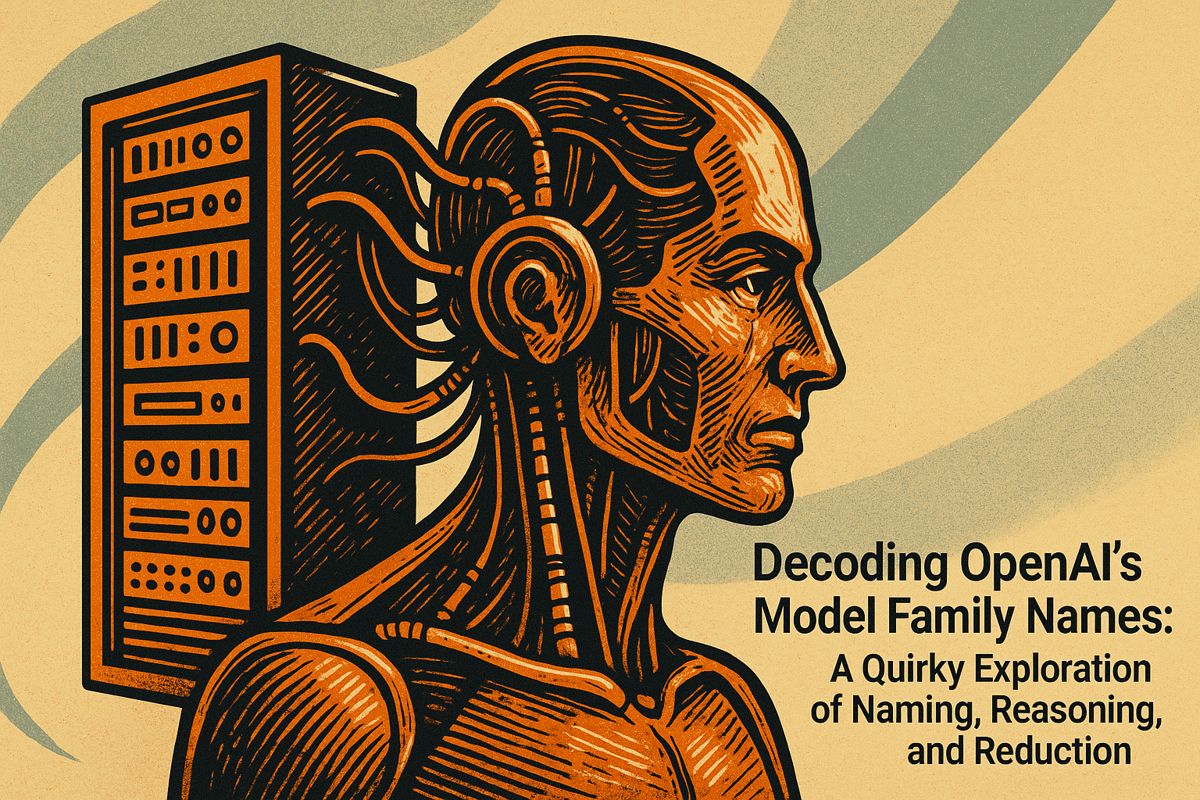Anthropic’s Claude Code 2.0 helps non-programmers automate tasks, making advanced AI accessible without any coding experience. This powerful agentic assistant is already used by thousands of product managers and designers to streamline daily chores, bridging the gap between complex operations and simple English commands.
The secret is a plain-English interface that lets newcomers steer advanced code operations, spreadsheet transformations, and document generation without touching Python. Within a browser tab or VS Code, you describe the outcome you want, and Claude plans, writes, and tests the steps.
Why Claude Code feels approachable
Claude Code 2.0 is approachable because it uses a plain-English interface to control complex tasks. Non-programmers can automate spreadsheet transformations, document generation, and file management by simply describing their desired outcome. The AI handles the underlying code, making powerful automation accessible to everyone.
A key feature is its expanded 200,000-token context window, which allows it to process entire code repositories or long requirement documents in a single request AI Wiki: Claude Code Overview and Features. This large capacity lets users provide examples and data sources at once, reducing complexity. Furthermore, robust sandboxing ensures all operations are safe by isolating file and network access Anthropic: Claude Code Sandboxing.
Dan Shipper, CEO of Every, teaches weekend workshops that guide first-time users through the terminal. “If I walk beside you once, you can walk alone the next time,” he tells participants. His step-by-step approach echoes the tool’s philosophy: hide the plumbing, show the value.
Hands-on tasks new users finish in the first hour
- Draft a product-requirement document that links user stories to acceptance criteria.
- Convert a messy CSV into a cleaned Google Sheet and email a summary.
- Run an SEO audit on five URLs and output an actionable checklist.
- Generate Jira tickets from a bulleted feature list.
- Rename and sort design assets into project folders.
While users interact with natural language, Claude constructs the necessary shell commands, Git patches, or spreadsheet formulas behind the scenes.
Claude Code in Practice
For recurring workflows, non-technical teams can create reusable “Skills” that package prompts and memory. A marketing analyst, for instance, could use a pre-built SEO Skill to generate weekly reports just by providing new URLs, eliminating repetitive prompting Anthropic: Claude Skills.
The browser-based version eliminates setup friction, allowing users to start immediately. A report from the Department of Product noted that early adopters cut their specification writing time by 35% compared to using static templates Department of Product: Non-engineering use cases.
While no-code platforms like Zapier and Diaflow excel at drag-and-drop automation, they lack Claude’s extensive context memory and deep reasoning over codebases. Teams often use them together, with Claude drafting complex scripts and Zapier scheduling their execution.
Advanced users can orchestrate multi-agent workflows. For example, one agent could scrape pricing data, a second could clean it, and a third could update a company dashboard. Claude manages the entire process, presenting checkpoints for human approval or intervention.
Learning resources have kept pace with the tool’s evolution. In addition to workshops like Shipper’s, Anthropic provides interactive tutorials with pre-loaded sample projects. These tutorials explain the “what” and “why” behind Claude’s generated code, turning each use into a practical lesson.
As AI literacy becomes more widespread, the statement “I can’t code” is no longer a barrier. Claude Code directly addresses this by translating business intent into reliable automation, one natural-language sentence at a time.
What exactly is Claude Code 2.0, and why should a non-programmer care?
Claude Code 2.0 is Anthropic’s agentic coding environment that you can drive with plain English.
Instead of memorizing commands, you simply describe what you want – “find every sales receipt in this folder and build a summary spreadsheet” – and the AI plans, writes, and runs the necessary steps while you watch.
In 2025, product managers, designers, and analysts already use it to draft PRDs, clean up asset libraries, and audit SEO pages without opening an IDE.
If you can write an email, you already have the “syntax” Claude Code expects.
Do I have to install anything scary like a terminal?
No terminal is required anymore.
Claude Code now ships as a web interface and mobile app that open instantly in your browser; all sandboxed execution happens on Anthropic’s side.
If you want the classic CLI, it is still available for Mac, Windows, and Linux, but the no-setup web version is what most non-technical users choose first.
How is this different from Zapier or other no-code automation tools?
Zapier excels at connecting web apps with triggers such as “when I get a Gmail label, copy the attachment to Drive.”
Claude Code, by contrast, understands entire local folders, codebases, and unstructured files and can rewrite, rename, calculate, or refactor them in one shot.
Think of Zapier as a courier between cloud services and Claude Code as a collaborative intern who can open the box, reorganize the contents, write a report, and hand it back – all from a single prompt.
How safe is it to let an AI loose on my files?
Every operation runs inside a secure, isolated sandbox with restricted network and filesystem permissions; the agent cannot see outside the folder you give it, and all changes are presented for your approval before they are applied.
For browser sessions, no data persist on your device, and enterprises can opt into zero-retention mode so prompts are not stored by Anthropic.
Where can I see real examples of non-coders using it today?
- A product lead at a fintech startup used natural-language prompts to convert 300 customer-support tickets into a prioritized Jira board in under 10 minutes.
- A freelance designer batch-renamed 1,200 logo files and generated a client-ready style guide without touching a script.
- A market analyst automated a weekly SEO content audit that previously consumed four manual hours every Monday.
Step-by-step stories and templates are shared weekly in Every’s AI & I newsletter and during Every’s live workshops.



















